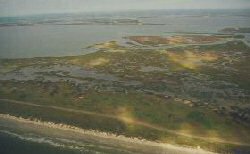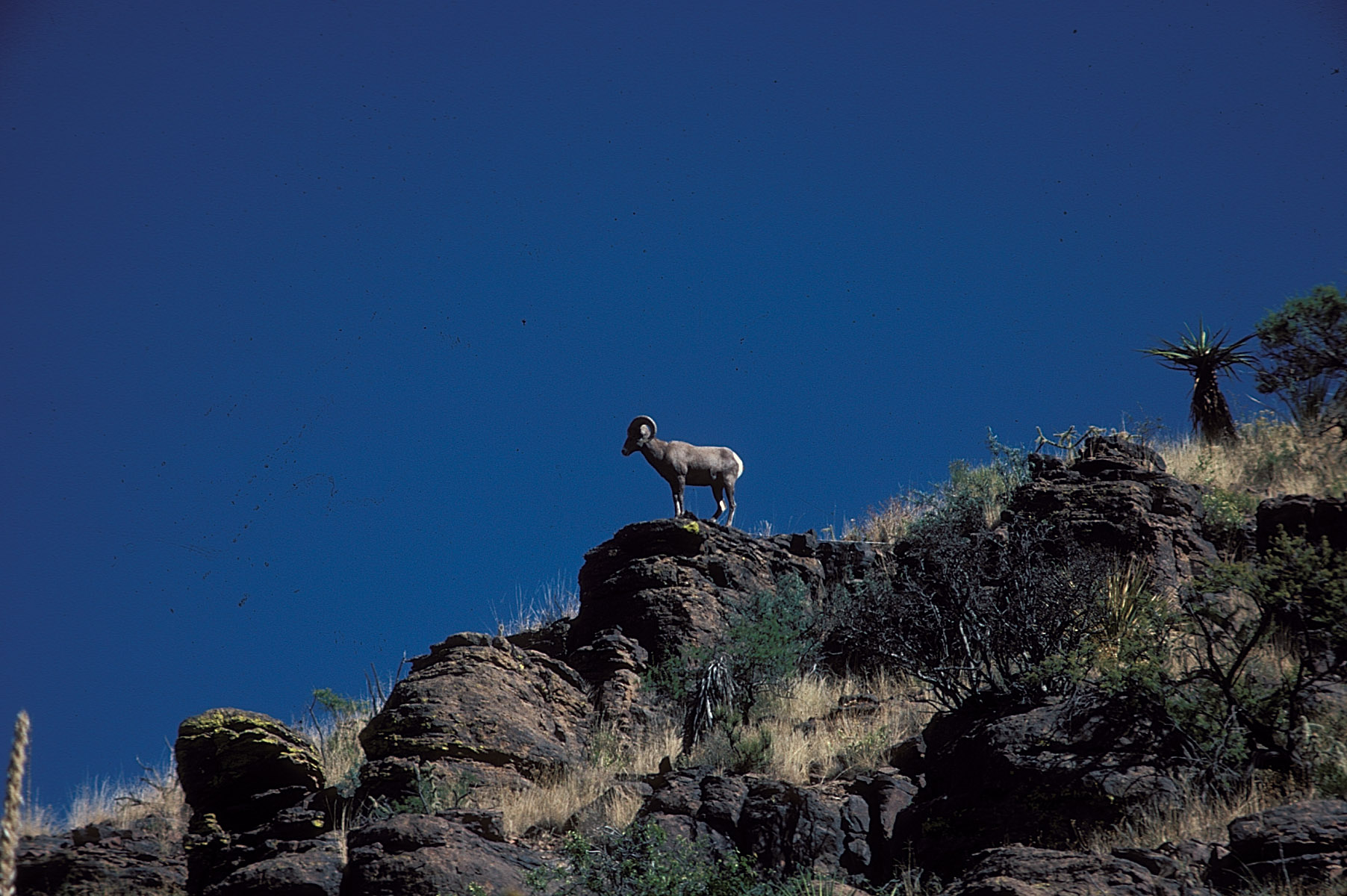Conservation: Freshwater Inflows
Tuesday, April 30th, 2013
Freshwater inflow
This is Passport to Texas
Joe Moore, former Executive Director of the Texas Water Development Board, understands the health of bays, estuaries—and us—depends on freshwater inflows; that means freshwater getting to the Gulf of Mexico. Helping folks who live upstream understand this has been a challenge.
49 – A major engineering consulting firm was meeting with an advisory group [in Lubbock] one time, and we were talking about freshwater inflows. He suddenly realized we were talking about assuring freshwater inflows, and he said, ‘You mean you’re going to give the water to a fish before you give it to people?’ They didn’t understand the economics of freshwater inflows. There was a 1957 conference on this campus in which waste was described as a bucket of water that escaped into the Gulf of Mexico. The objective at that point was to dam every river in Texas so that there was not a drop of water that went out of a Texas river into the Gulf of Mexico. So the Trinity would stop flowing before it got to Galveston Bay. Every river in Texas would be so controlled that no water would quote, be wasted into the Gulf of Mexico, end quote. That’s how little understanding there was of the significance of freshwater inflows.
Audio of Joe Moore used in cooperation with the Conservation History Association of Texas.
Support provided by Ram Trucks. Doing what’s right and good regardless of the degree of difficulty — takes guts. Those are the people who build Ram trucks. RAM.
For Texas Parks and Wildlife…I’m Cecilia Nasti.






 Passport to Texas is a
Passport to Texas is a  Passport to Texas is made available by:
Passport to Texas is made available by: